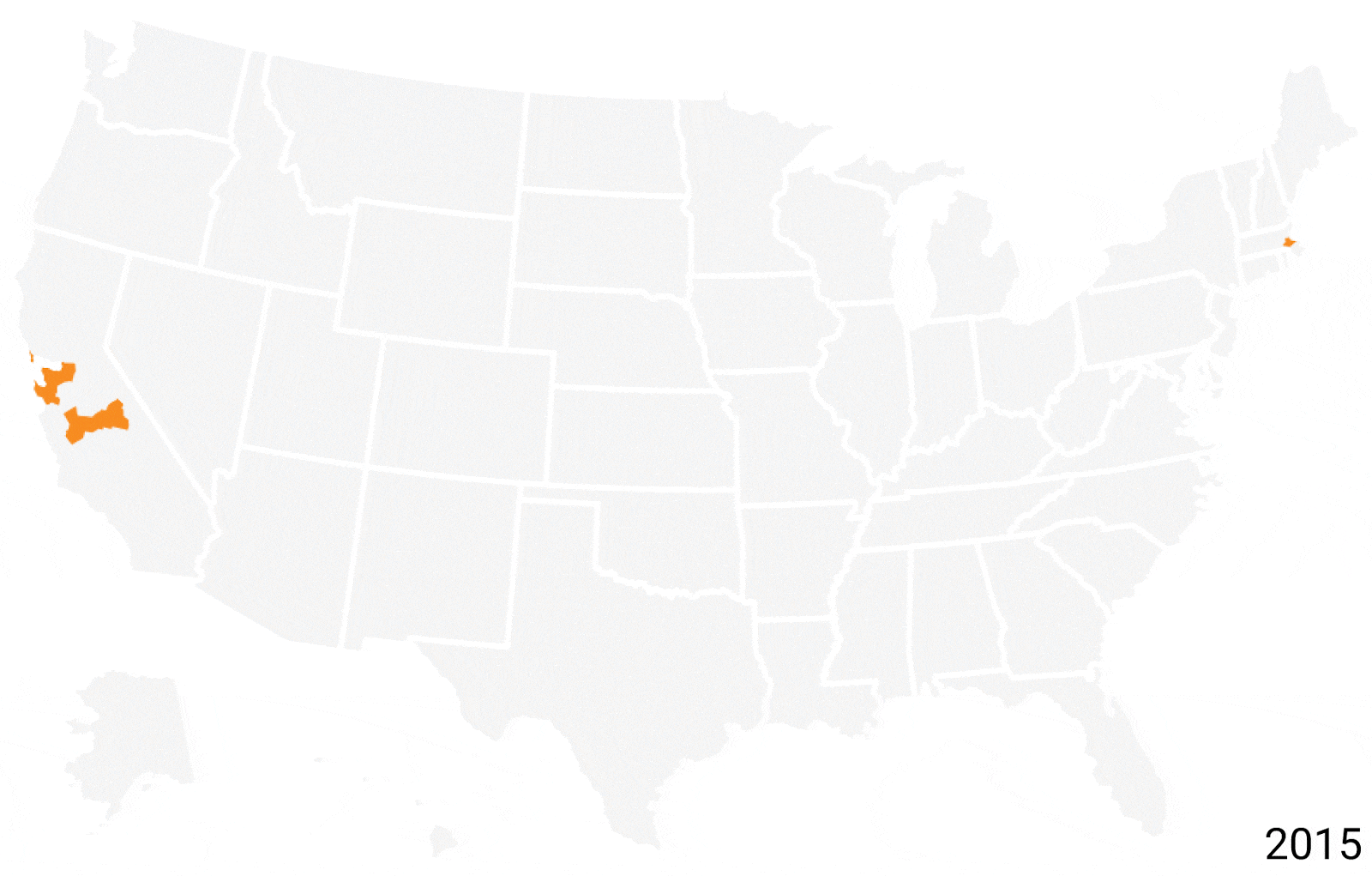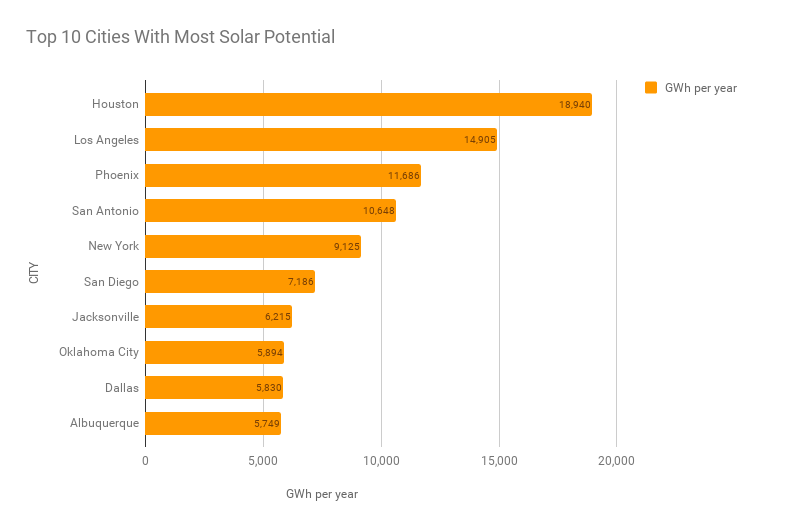

It just got a whole lot easier to decide whether or not to get solar panels for your roof. Google’s Project Sunroof site will help you locate your home, see how much sun it gets on average and what you could save if you purchased panels.
The project was initially launched in 2015, but has become more popular as solar technology gets more affordable. Google uses a combination of Google Maps, Google Earth and machine learning technology to calculate the sun’s path to give an accurate account of your solar situation. It then uses industry standard models to tell you the cost benefit analysis of going solar.
Google’s Project Sunroof is still in progress, but 60 million buildings have been analyzed across 50 states. From that information alone, Google was able to calculate that 79 percent of all rooftops could go solar and in Hawaii, Arizona, Nevada and New Mexico, 90 percent of homes are viable. Houston, Texas has the most viability as a whole with an estimated 18,940 gigawatt-hours of solar generation from rooftops per year.
According to Google, “If the top 10 cities below reached their full rooftop solar potential, they’d produce enough energy to power 8 million homes across the U.S.”

Once homeowners see the potential, they can use the site to see how much they will save on their monthly electricity bill based on typical utility rates in their location, as well as annual savings. The site then tells users how much square footage of solar panels to get and how to finance them.
There’s even a function to see what an entire community could save should they collectively decide to go solar. For example, in Fresno, California, 92 percent of the rooftops are viable and if they reached full solar capacity, it would be equivalent to taking 261,000 cars off the road each year or planting 31 million trees.
It’s still a common misconception that solar is too expensive or that an area doesn’t get enough sunny days. Now, homeowners can see for themselves what their potential is and make a more conscious decision about where their energy comes from.

 233k
233k  41k
41k  Subscribe
Subscribe 